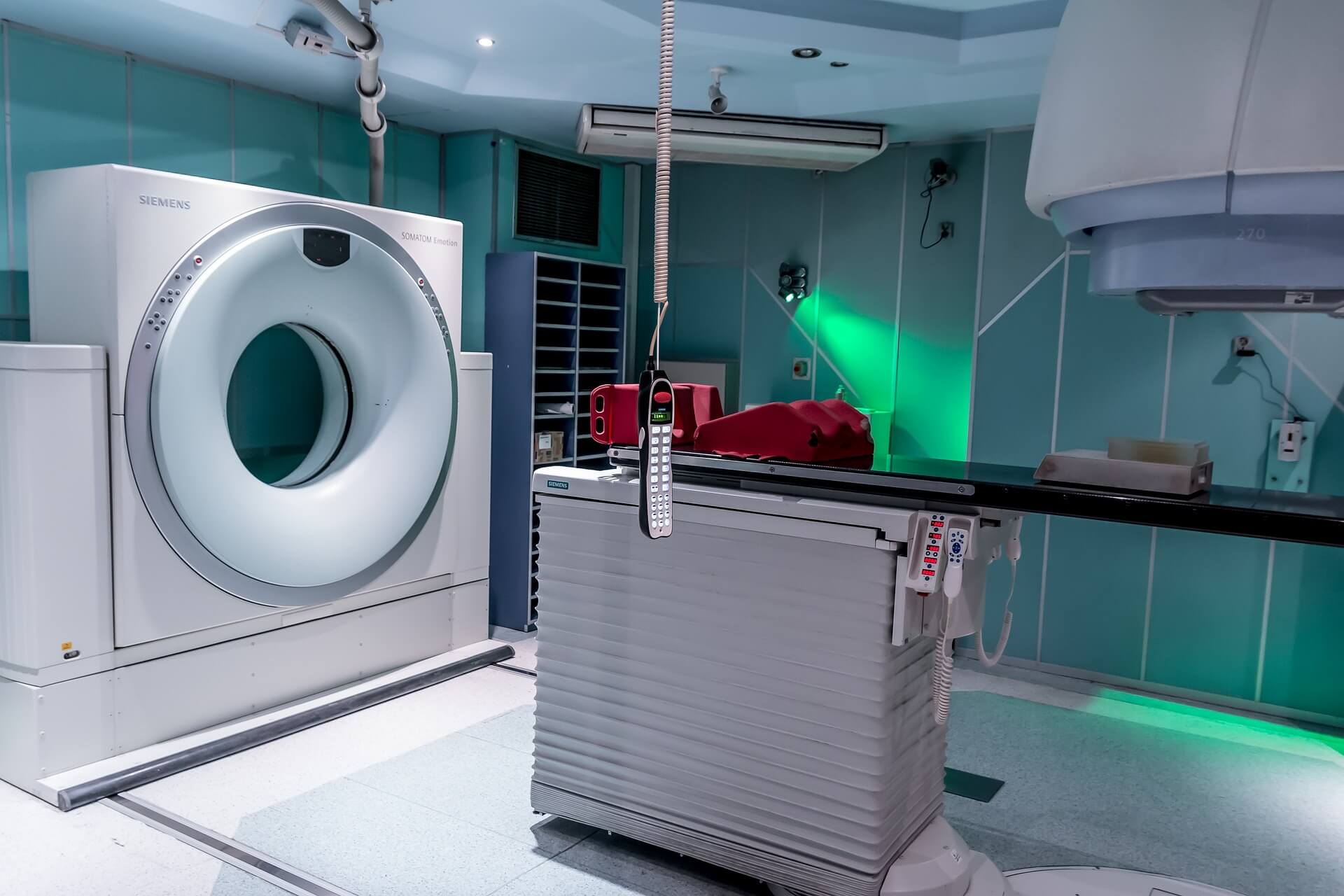

March 12, 2024
The Internet of Things (IoT) has revolutionized how we interact with technology. IoT devices have permeated every aspect of our lives, from smart thermostats to industrial sensors, delivering convenience and efficiency. However, with this convenience comes the critical need for robust security measures to protect against threats.
IoT devices come in various forms, including printers, cameras, thermostats, sensors, smart locks, and many more. These devices are commonly used in both consumer and business environments, offering convenience and efficiency but posing security challenges that must be addressed.
IoT security refers to protecting interconnected devices, networks, and data from cyber threats. It encompasses three main components: device, network, and data security. Ensuring the security of IoT devices is paramount as they often handle sensitive information and control critical infrastructure.
Blog: The Rise of IoT: The Impact of Connected Devices on Security
Manufacturing, healthcare, utilities, and other industries with expansive physical footprints are significantly impacted by IoT security concerns. The proliferation of IoT devices has introduced new risks, including data breaches, unauthorized access, and malware attacks, which can have severe consequences for businesses.
According to a recent article by RT Insights, malware attacks against IoT devices have quadrupled in recent years, underscoring the growing threat landscape and the need for robust security measures.
IoT devices are often low-hanging fruit for attackers to exploit. Sonu Shankar, the Chief Strategy Officer at Phosphorus, said in an article from Fierce Healthcare, “It is very common for in-use medical devices to still be running with their default passwords.”
According to a paper from the U.S. Department of Health and Human Services, there was a 93% increase in large breaches among healthcare facilities from 2018 to 2022. Attacks against the healthcare industry often disrupt patient care, and it’s expected that more substantial cybersecurity regulations and stringent enforcement are on the way.
To mitigate the risks inherent to IoT devices, it’s essential to implement robust security measures. Network segmentation is crucial for isolating IoT devices from critical systems and preventing unauthorized access. Regular patching and password management address vulnerabilities and help prevent exploitation. There are solutions available on the market that automate these processes, streamlining device management and enhancing security protocols.
Securing IoT devices presents unique challenges due to the lack of standardized security protocols and the frequent need for firmware updates. Businesses need help to ensure the security of their IoT ecosystems effectively.
Phosphorus offers the industry’s only proactive xIoT (Extended Internet of Things) security solution that discovers, assesses, and automates the remediation of key vulnerabilities – default passwords, outdated firmware, and risky configurations – on all networked xIoT devices. Contact Dewpoint to learn more about Phosphorus.
As IoT adoption continues to grow, the future of IoT security will be characterized by both challenges and advancements. Businesses must stay vigilant and invest in comprehensive security solutions to protect their IoT ecosystem from evolving cyber threats.
Securing your IoT ecosystem is critical in safeguarding sensitive data and infrastructure from cyber threats. By implementing robust security measures, businesses can mitigate risks and ensure the integrity and confidentiality of their IoT devices and networks.
Want to get instant feedback on your cybersecurity posture? Take our quiz.
Dewpoint, an award-winning, Michigan-based technology firm, has been helping businesses prepare for, stay ahead of, and respond to IT challenges for over 27 years. From IT security to infrastructure management to automation, cloud migration, and beyond, Dewpoint has long been a trusted technology resource for businesses.